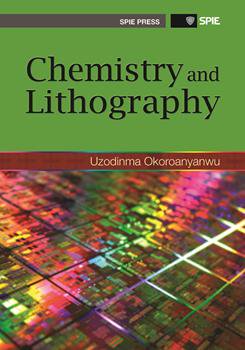|
Before beginning this journey through how lithography and subsequently photolithography came into existence, and how the technology has evolved ever since, it is necessary to review the cultural, scientific, and technological framework out of which these planographic printing techniques emerged. A great deal has already been written about the artistic and sociological impacts of the fine art lithographers and photographers of the nineteenth and twentieth centuries, which will not be reviewed here. The introduction of lithography at the end of the eighteenth century and of the simultaneous introduction of photolithography and photography in the third decade of the nineteenth century greatly influenced every facet of human endeavor, particularly in scientific and technological pursuits. With the rise during the seventeenth and eighteenth centuries of many scientific fields based on visual observations-systematics (or the taxonomy of biological organisms), topology, and geology-the ability to make illustrative drawings of scientific observations became an increasingly important skill. A very high premium was also placed on the ability to make realistic and accurate drawings of mechanical arts and engineering. Concomitant with these developments was the rapid industrialization brought about by the industrial revolution in Britain and its influence elsewhere during the late eighteenth century, which increased the need for draftsmen to produce drawings to aid in the production and use of the everexpanding number of machines needed for the industries. These factors naturally increased the value of individuals who were able to record images directly as seen in nature without interpretation by an artist or a draftsman. Being able to draw provided one with upward social mobility in an era where class and social distinctions determined one's worth in a society. The origins of this exact form of drawing stem from art conventions of perspective drawings set forth in the early Renaissance, which were in turn derived from Euclid's geometry. The removal of artifice from art through the codification of a system of drawing that produced what was understood to be scientifically accurate reflections of the world was the main goal of the rules of perspective. And by the seventeenth century, these Renaissance rules were brought to their apex by the great Dutch artists. In addition to rules of perspectives, artists and draftsmen were aided by a variety of mechanical drawing devices or drawing machines like perspectograph, (invented in 1816 by Thomas Alason3), physiognotrace (invented in 1786 by Gilles Luis Chretien), and cameras, mostly camera obscura and camera lucida. |
|
|


